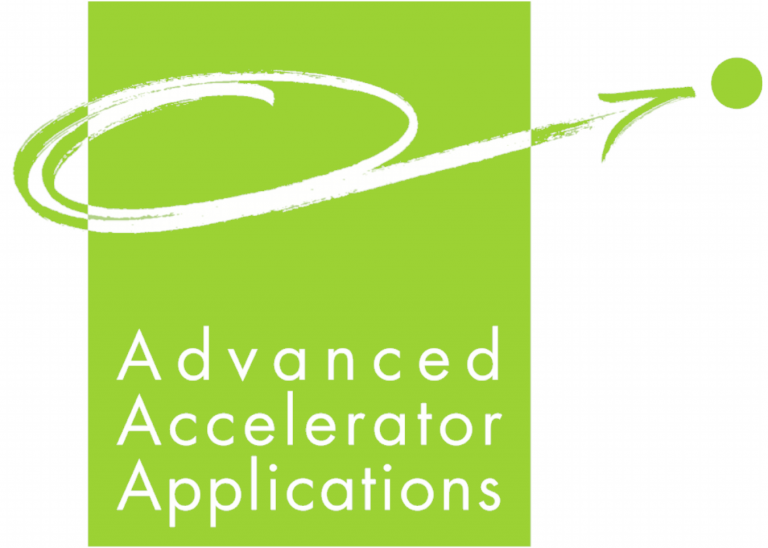
At the end of last week, Advanced Accelerator Application SA (ADR) (NASDAQ:AAAP) released an update that addressed the status of its two lead product candidates. The company is fresh off the back of a successful IPO, and against a backdrop of wider market weakness, has managed to maintain a relatively steady valuation throughout the first quarter of the year. The latest update, however, highlights an extension of the review period for its lead diagnostics product. Extensions like this can often derail strength, so here’s a look at the nature of the delay, and how it might impact Advanced Accelerator Application’s market capitalization going forward.
Click Here For More Market Exclusive Updates & Analysis
The product in question is called Somakit-TATE. Advanced Accelerator Application is developing two products in tandem – Somakit, which is a diagnostics product, and its companion therapeutic, Lutathera. Both are part of an emerging wave of oncology treatment called peptide receptor radionuclide therapy. It’s a pretty complicated MOA, but it essentially involves combining a peptide with a radioactive compound. The peptide targets cells that express a high number of a receptor called somatostatin (which cancer cells, especially neuroendocrine cancer cells, do) and deliver the radiation to the cells. It’s highly targeted, so in theory, the process can reduce the amount of radiation a patient is subject to when compared to current SOC. Lutathera is the radiolabeled peptide, while Somakit-TATE is the technology that does the radiolabelling.
So, what’s with the delay? The company submitted an NDA in the middle of last year for Somakit-TATE, and the FDA granted the product orphan designation shortly after. PDUFA was initially slated for March 1, 2016. In it’s latest announcement, however, and as mentioned, the agency has issued a delay on this target date. The PDUFA is now slated for June 1, 2016. As we’ve said, these sorts of delays can often spook investors. In this instance, however, it doesn’t look like there’s anything to worry about. The root cause of the delay is a selection of foreign-language documents that AAA submitted as part of the NDA for Somakit-TATA (the company is French, but the documents were submitted in Italian). Alongside the NDA, AAA submitted English language summaries of the foreign language documentation, but not direct translations. In a late stage review meeting, the FDA has now requested that AAA provide it with direct translations, and the time required to evaluate these newly translated documents underpins the extension.
From what we know, the documents aren’t anything damning – they mainly comprise manufacturing information and validation reports – so the delay is likely nothing to be worried about from a chances-of-approval perspective. In all likelihood, the delay won’t materially affect AAAs forward operations, as the approval of Somakit-TATE is only one step in the two-step process that the company needs to get this, and its companion Lutathera, to market.
On that note, where is Lutathera in the development timeline? Short answer – right behind Somakit. The company presented positive data from a phase III pivotal in September last year, and expects to present additional data at the 13th Annual European Neuroendocrine Tumor Society (ENETS) Conference in Barcelona, which comes up on March 11. Obviously, the presentation would have had a sweeter tone to it had the FDA announced the approval of the drug tomorrow, but it shouldn’t have too much of an impact. The results look to further bolster the performance of Lutathera versus current SOC (double dose Octreotide LAR, for those wondering), and should reinforce the drug’s bid for approval.
What are we looking at for near term milestones? First and foremost, the revised June 1 PDUFA. There’s a chance we may get an FDA decision prior to this date – the extension is just the cookie cutter standard 3-month extension issued by the agency – so bear this in mind as we head into the second quarter of 2016.
Alongside the Somakit catalysts, we’re also looking to the already discussed Lutathera update, as well as the NDA submission for the drug. While we don’t know exactly when this submission will come, it’s reasonable to assume we’ll see it sometime during the second half of this year.
What’s the takeaway? That the delay is nothing to be concerned about, and that AAA remains on track for the double pronged approval of its two lead candidate companions.




